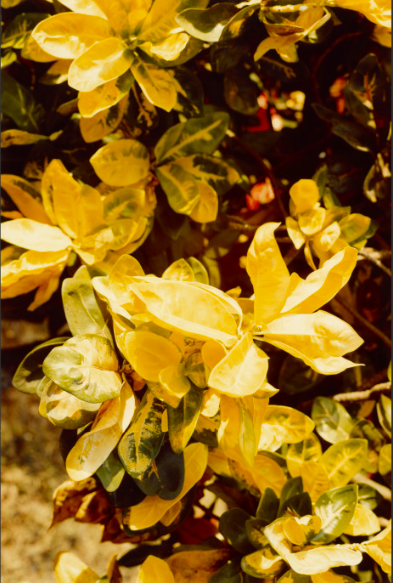
William Eggleston : c-print
test
William Eggleston
“Often people ask what I’m photographing, which is a hard question to answer. And the best what I’ve come up with is I just say: Life today.”
C-PRINT (CHROMOGENIC PHOTOGRAPH)
Many of William Eggleston’s photographs have been processed as c-prints. The colour negative or slide is exposed to Chromogenic photographic paper (wet process paper) that contains three emulsion layers, each of which is sensitised to a different primary colour. After the image has been exposed it is submerged in a chemical bath, where each layer reacts to the chemicals to create a full-colour image. Because the chemicals are so complex, the image continues to react even after the process is completed. The chemicals are also extremely sensitive to water, light, and heat, making it difficult to protect C-prints from deterioration.
‘C-type’ was originally the trademark used by photographic company Kodak for the paper they used for making prints from colour negatives, but it is now standardly applied to all colour photographic prints.
THE CLASSICS
JAMAICA BOTANICALS, c-print, 1978
KENYA, c-print, 1980
URBAN SCAPES : THE SOUTH
RURAL SOUTH


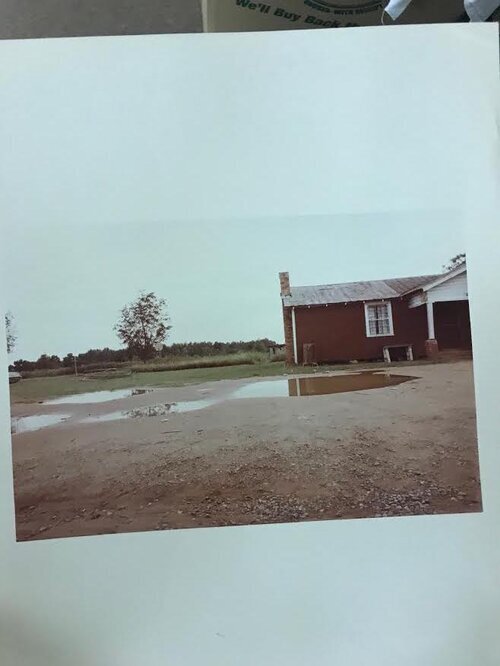
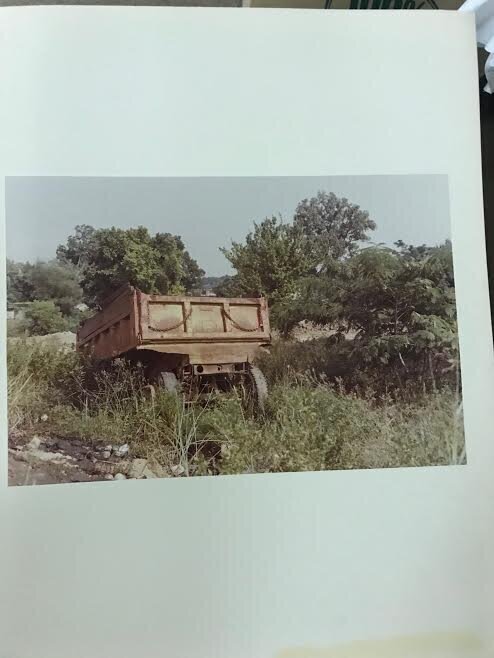

GARDENS & FOLIAGE
SKIES : LOOK UP
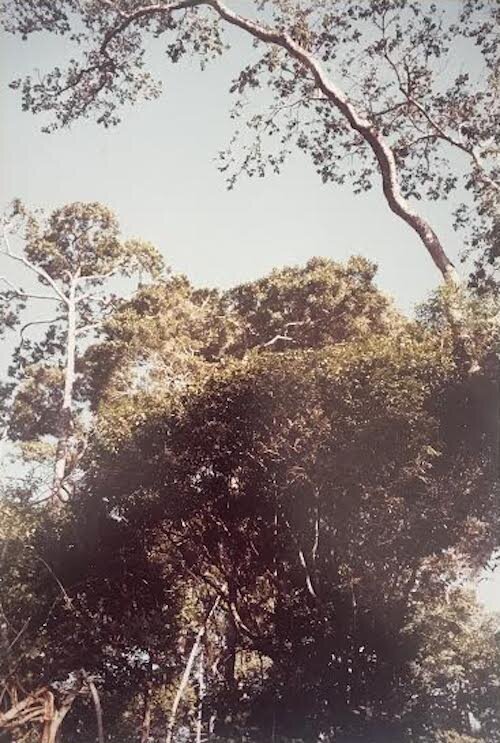
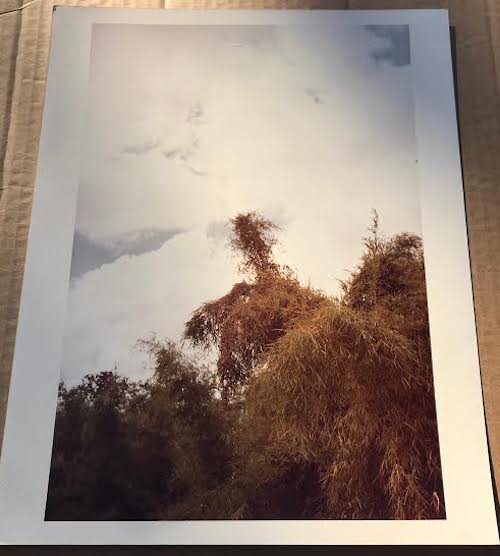
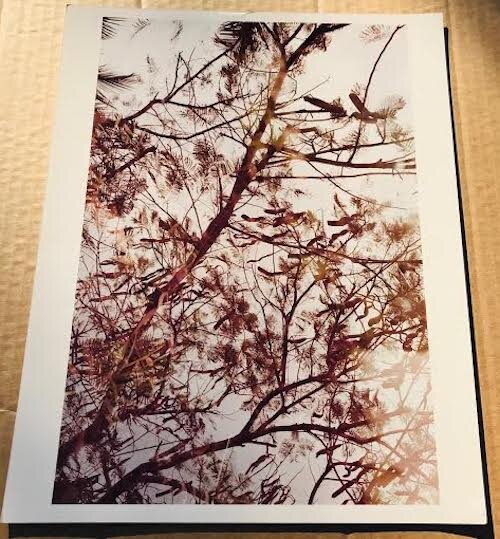
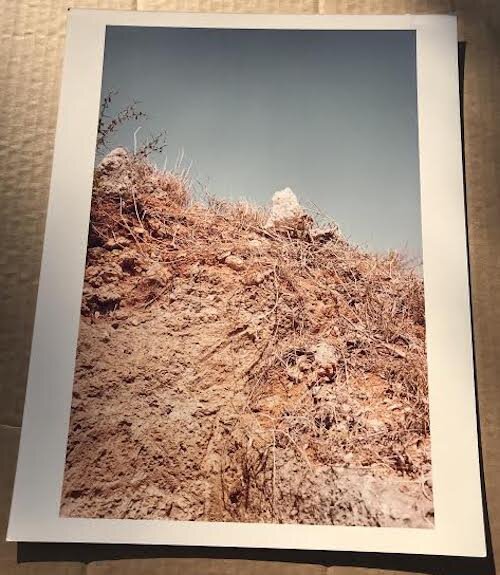
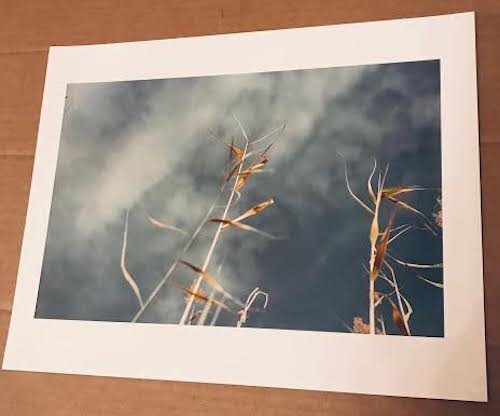

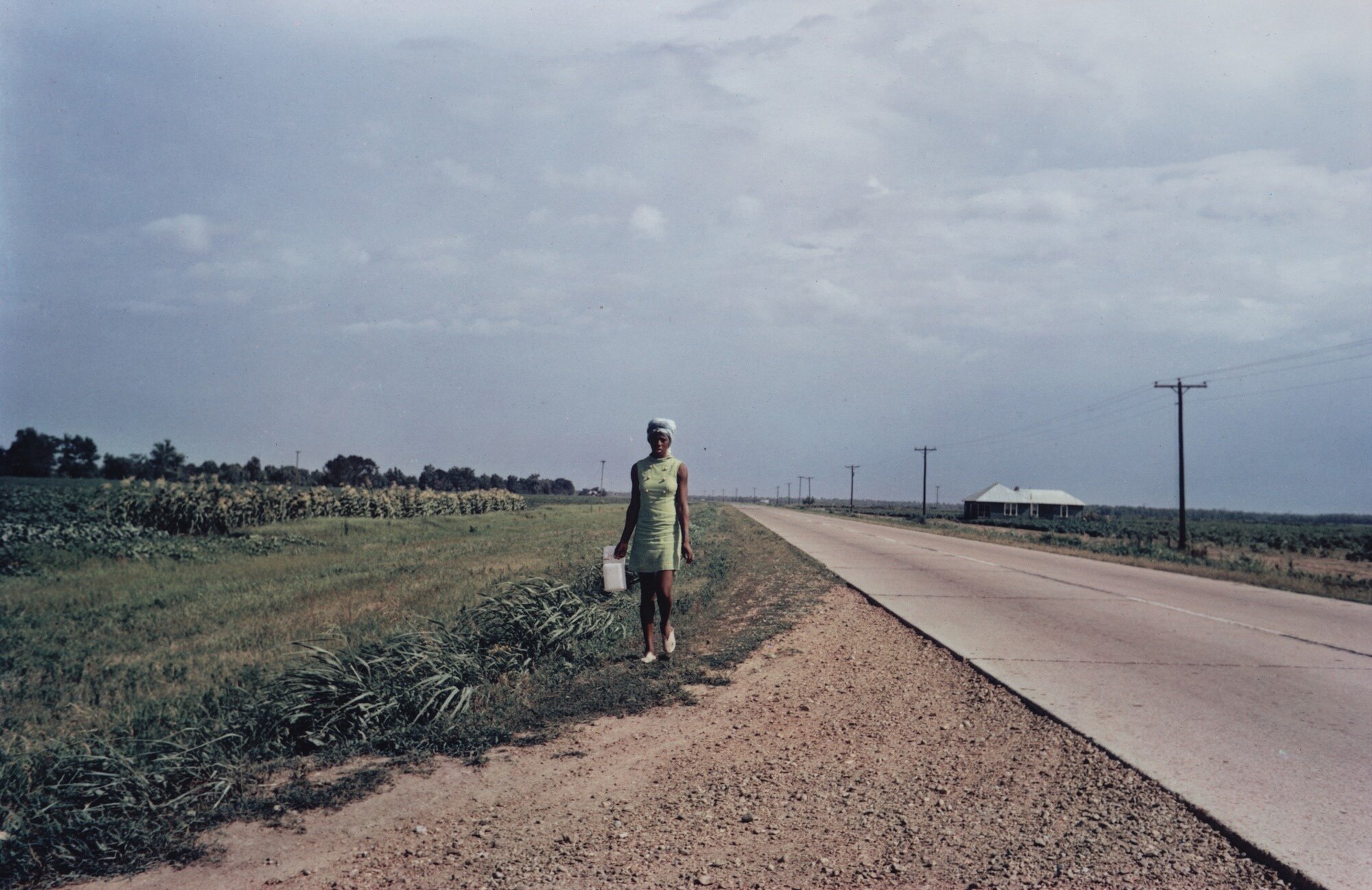
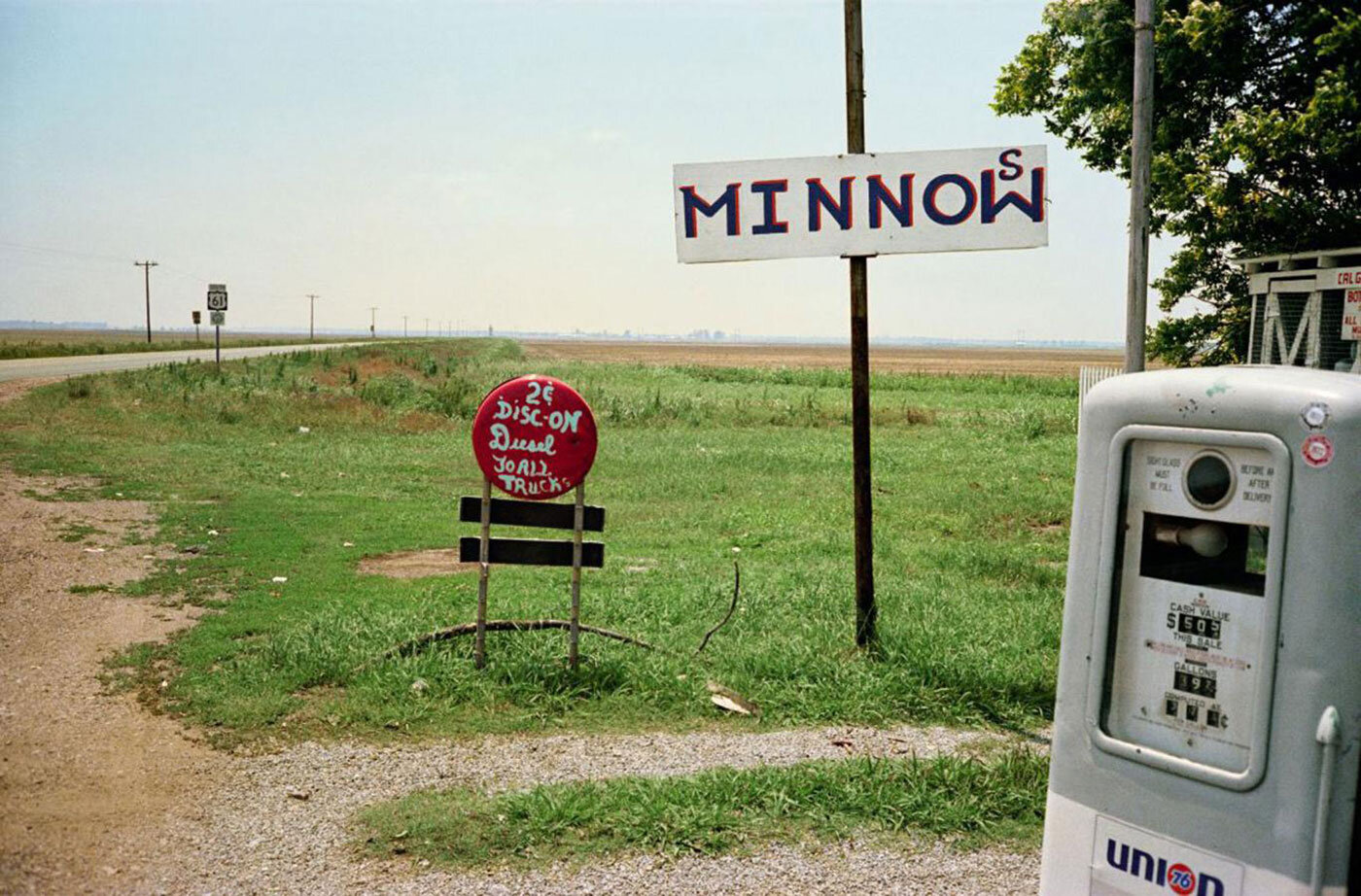
Huck Magazine | Miss Rosen
A Dreamy Road Trip Through the Mississippi Delta | William Eggleston’s Snapshots
Throughout the ’70s, photographer William Eggleston captured the rural towns of the American South, where he took colour, concept and composition to new heights.
Hailing from Memphis, Tennessee and raised in Sumner, Mississippi, American photographer William Eggleston is a poet of the American South. His vivid images of daily life helped establish colour photography as a medium of fine art during the ’70s.
Gallerist Rebekah Jacob also grew up around the Mississippi Delta, and recalls seeing the photographer in her youth. “Eggleston was somewhat ethereal but evident in the Delta, cruising around and taking pictures,” she recalls.
“You would often see his car perched just off the road and sometimes spot him walking along the paved roads or wandering out in the fields. Some thought he was crazy, others didn’t care to wonder. But it was strange to see anything other than field hands or farmers speckled out in the middle of cotton fields. And there he was, sweeping a camera and capturing the soul of the land, in perfect aperture.”
While many dealers and collectors chase Eggleston dye-transfer photographs, Jacob prefers to focus on his chromogenic work: the intimate, small format images the artist made while exploring rural towns along the Mississippi River. In the new exhibition, William Eggleston’s Snapshots — the c-print, Jacob spotlights these intuitive interpretations of the land they both share.
“Eggleston was a link from the early 20th century artists to the present, modernising the medium in terms of printing and the use of colour,” Jacob says. “Although innovating the medium, he carried the voices of the Delta with integrity, patience, and sensitivity. He photographed the place and its peoples by sweeping the camera, so it has always been fascinating to see ‘my land’ variously angled and tightly formatted – like riding in a car with your head titled against its window.”
Jacob met Eggleston while earning a Masters in Art History at the University of Mississippi, popularly known as “Ole Miss.” “Mr Eggleston arrived true to his reputation,” she remembers. “A southern aristocrat, he was dapper, wearing a high-end sports coat, buttoned shirt, and slacks. He was polite yet mercurial.”

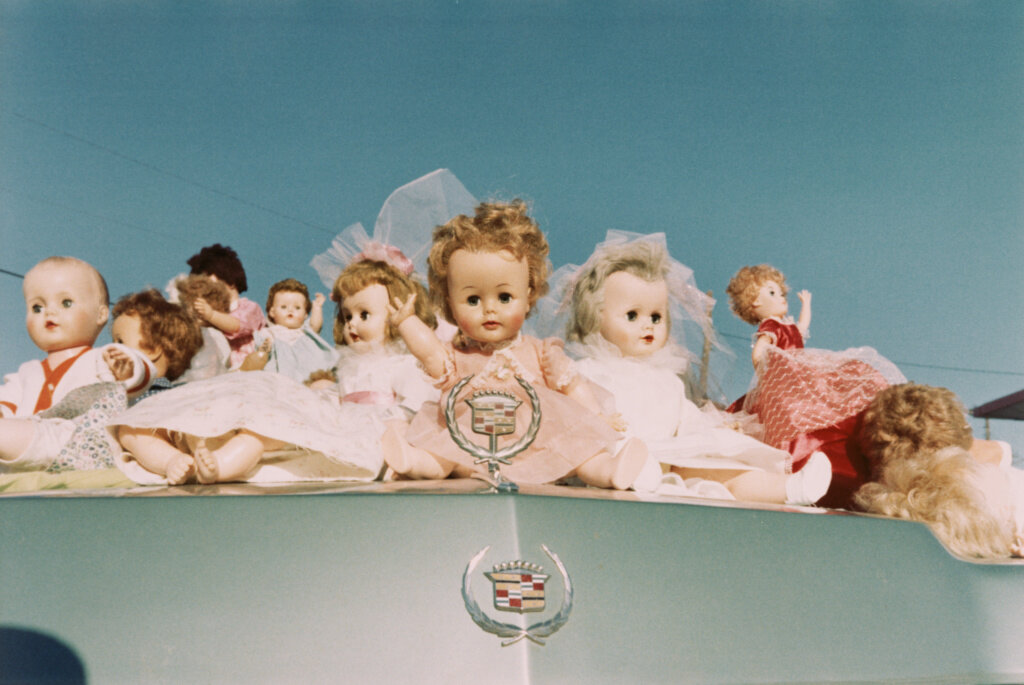
“He walked in with a small stack of photographs and placed them on a positioned table. He seemed to be magnetised by the piano, another mastered medium and passion. His innovative arrangement of classical music, played by memory with no score, echoed throughout the space so that few words could be heard, but our eyes were in sensory overload.”
Although many critics outside the South didn’t understand what Eggleston was doing at the time, Jacob recognises the significance of his work as a documentarian of a new typography of the South in the 1970s. “He worked to capture the loneliness, isolation and changes brought about by suburbs and other physicalities of American society and culture,” she says.
“New suburbia was descending upon the South at the time, and Eggleston expressed this changing South by focusing on parking lots, shopping malls, neon signs and other ordinary objects in a consumer world. Eggleston is considered a titan in the photography world – a photographer with a pioneering eye for capturing beauty in the ugly and mundane.”


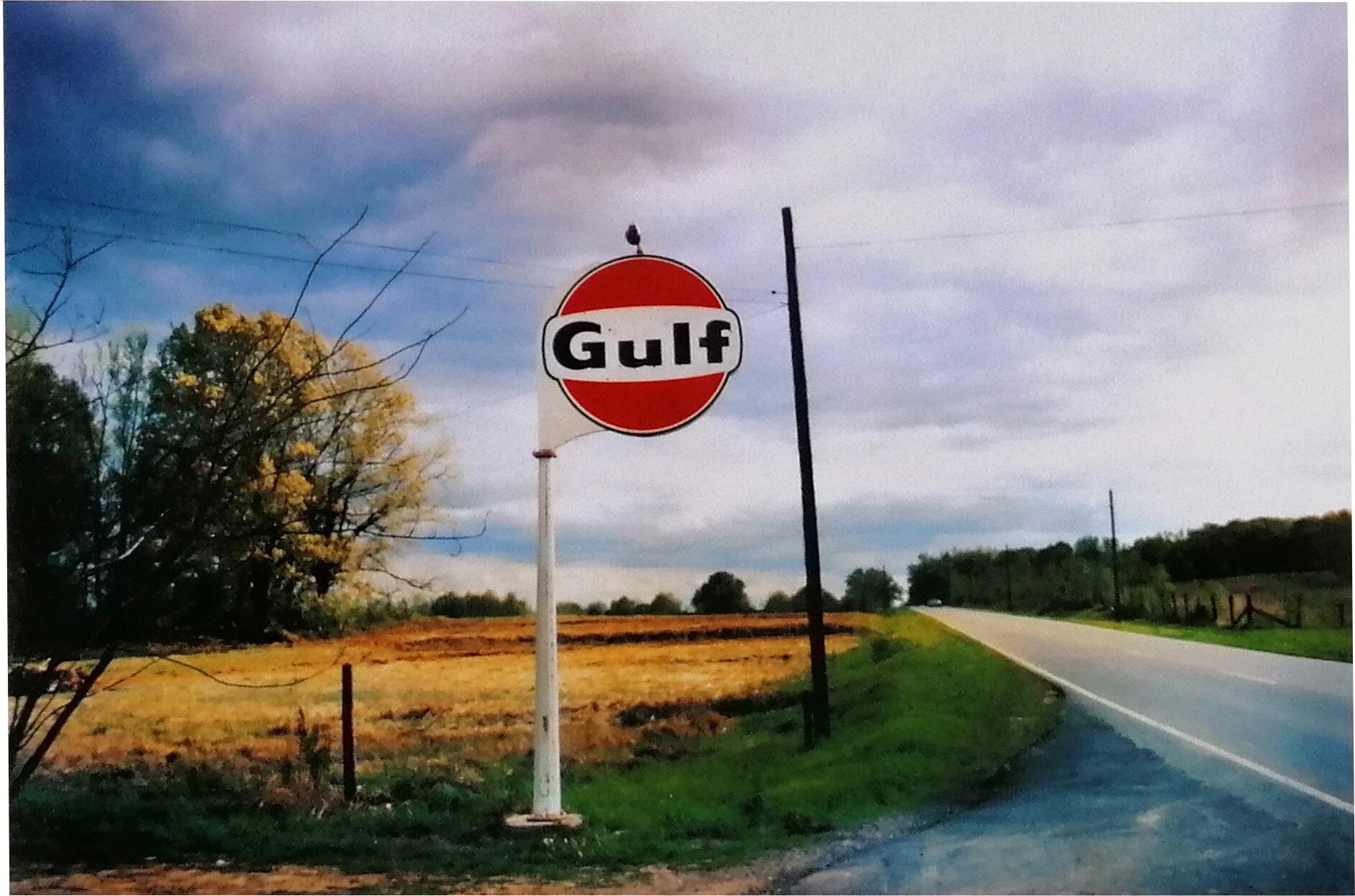
BIOGRAPHY : William Eggleston
William Egglestonassumes a neutral gaze and creates his art from commonplace subjects: a farmer’s muddy Ford truck, a red ceiling in a friend’s house, the contents of his own refrigerator. In his work, Eggleston photographs “democratically”–literally photographing the world around him. His large-format prints monumentalize everyday subjects, everything is equally important; every detail deserves attention.A native Southerner raised on a cotton plantation in the Mississippi Delta, Eggleston has created a singular portrait of his native South since the late 1960s. After discovering photography in the early 1960s, he abandoned a traditional education and instead learned from photographically illustrated books by Walker Evans, Henri Cartier-Bresson, and Robert Frank. Although he began his career making black-and-white images, he soon abandoned them to experiment with color technology to record experiences in more sensual and accurate terms at a time when color photography was largely confined to commercial advertising. In 1976 with the support of John Szarkowski, the influential photography historian, critic, and curator, Eggleston mounted “Color Photographs” a now famous exhibition of his work at the Museum of Modern Art, New York.William Eggleston’s Guide , in which Szarkowski called Eggleston’s photographs “perfect,” accompanied this groundbreaking one-person show that established his reputation as a pioneer of color photography. His subjects were mundane, everyday, often trivial, so that the real subject was seen to be color itself. These images helped establish Eggleston as one of the first non-commercial photographers working in color and inspired a new generation of photographers, as well as filmmakers.
Eggleston has published his work extensively. He continues to live and work in Memphis, and travels considerably for photographic projects.














































































